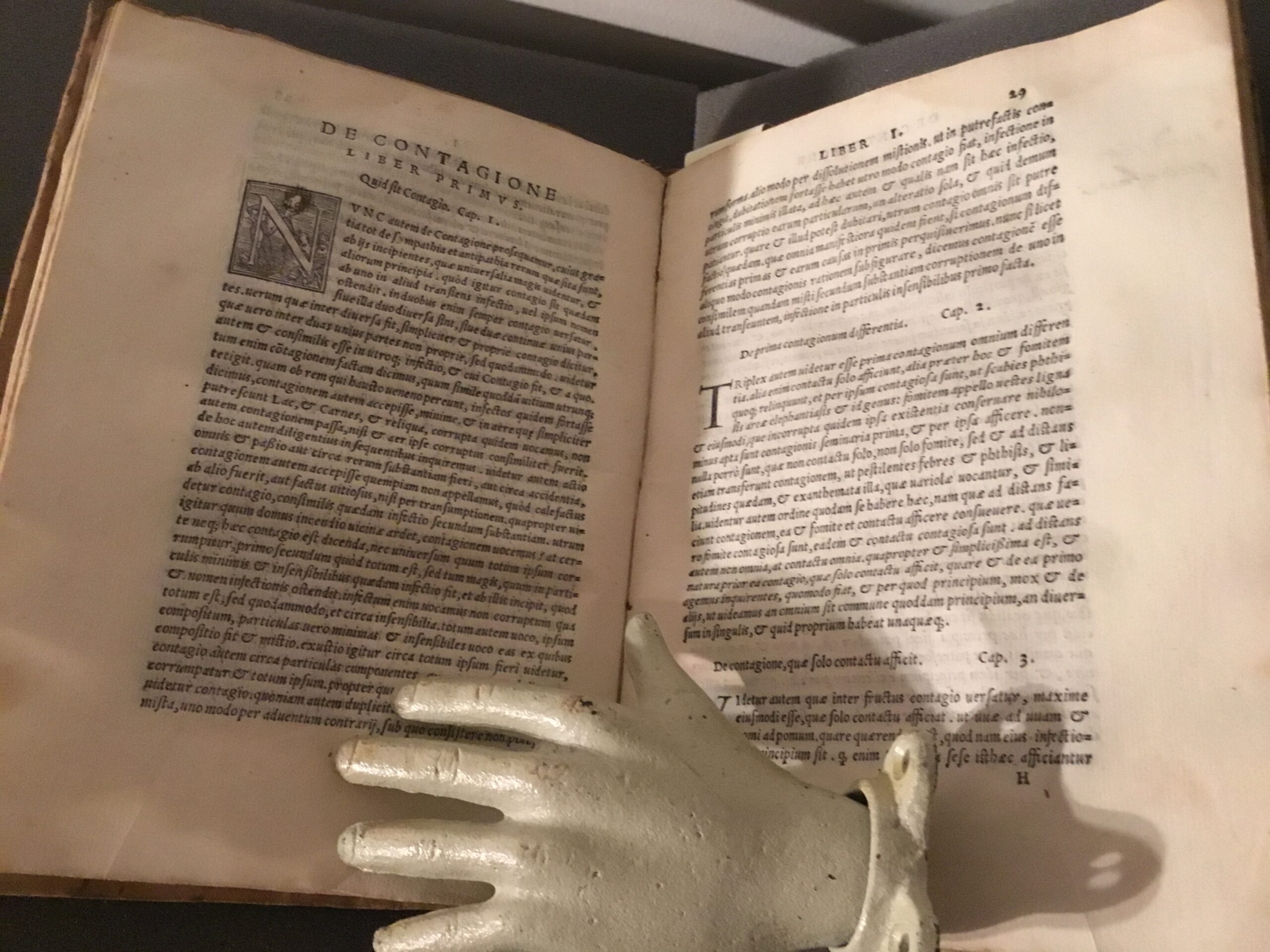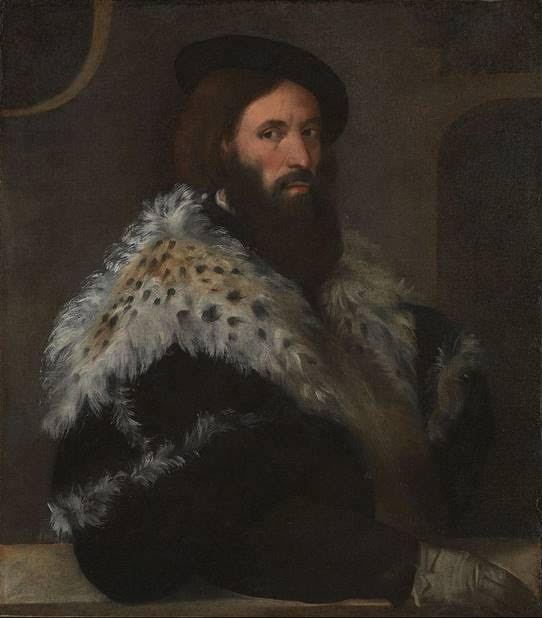 As the world is struggling with Coronavirus-19, it may be interesting to look at the history of pandemics, long seen as God’s punishment of our sins, and/or as something provoked by the witches. The History of Science Collection in Cornell’s RMC has the first edition of Girolamo Fracastoro’s De contagione et contagiosis morbis (Venice: Giunti, 1546; “On Contagion and Contagious Diseases”).
As the world is struggling with Coronavirus-19, it may be interesting to look at the history of pandemics, long seen as God’s punishment of our sins, and/or as something provoked by the witches. The History of Science Collection in Cornell’s RMC has the first edition of Girolamo Fracastoro’s De contagione et contagiosis morbis (Venice: Giunti, 1546; “On Contagion and Contagious Diseases”).

De contagione et contagiosis morbis. First chapter, answering the question “What does contagion mean?”

Florentine giglio or lily, printer’s mark of Lucantonio (LA) Giunti, at the end of the small volume. Images courtesy: Cornell Library, Department of Rare Books and Manuscripts
The book claims each disease is caused by a different type of rapidly multiplying “minute bodies” (particulae), which are transferred from the infector to the infected in three ways: 1/ by direct physical contact, including shaking hands ; 2/ by carriers such as soiled clothing and linen; and 3/ through corrupt air or water. Thus, Fracastoro was the first to understand scientifically the true nature of fevers caused by infection, and to recommend basic hygienic measures of prevention, like social distancing and washing our hands with hot water and soap. Fracastoro was a star at the prestigious University of Padua, and a protégé of the powerful Farnese family (see his portrait by Titian, 1528, below).
Fracastoro’s theory was widely praised during his time; after his death his influence waned, however, until an experimental version was elaborated later by, e.g., Louis Pasteur (1822-95), the father of microbial methods. Based on his recommendations to avoid contagion through: quarantine the sick; keep your distances; wash your hands often with soap and hot water; change your wet shirts and bed sheets if you have fever, it is quite clear that we did not make much progress since 1546!

{ 0 comments… add one now }